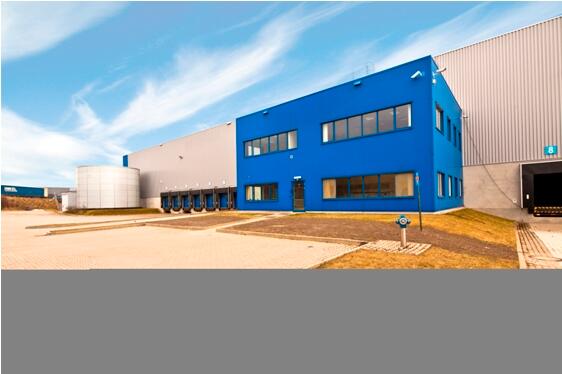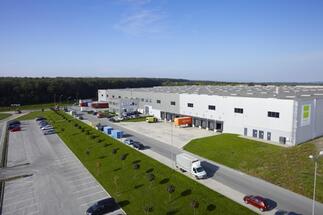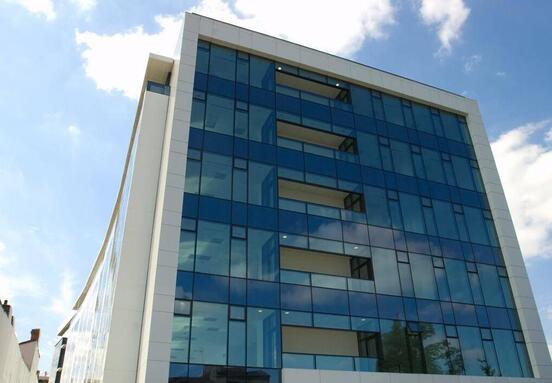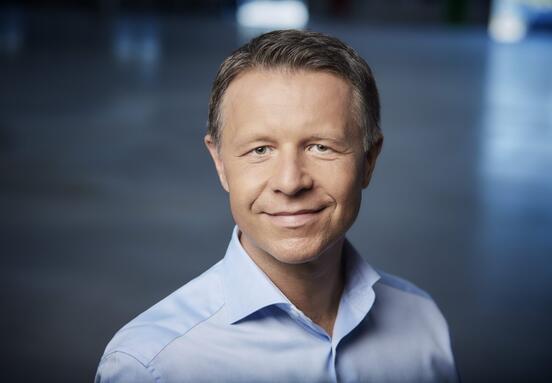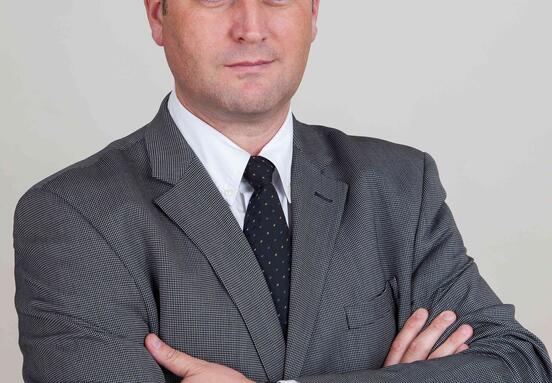Despite these positive indicators, major regional industrial developers who have sites across CEE are following cautious development strategies, driven by built-to-suit projects with very limited speculative construction. This could result in a shortage of available industrial premises in the view of many analysts.
In general the development and take-up pattern is varied with a north-south divide. In this way - Poland, the Czech Republic and Slovakia are thriving, while the Hungarian and Romanian markets are showing less positive indicators. This is due to the advantageous geographic position of countries in the north of the region adjacent to Germany and economic concerns with regard to Hungary and Romania, which is deterring market entry or expansion. Essentially it is Poland and the Czech Republic that are benefiting from the shift and expansion of manufacturing premises from Western Europe and is generally regarded as the “driving factors” for the CEE region.
Overall CEE industrial indicators are positive as a total of 690,000 sqm of modern manufacturing, logistics and warehousing premises was developed in Central Europe in 2013. This represents an investment of more than €330 million, creating around 3,700 new jobs in the region according to Cushman & Wakefield (C&W).
“Central Europe benefits from the advantages of having Germany, Europe’s economic engine, as a neighbour. German companies, especially those in the automotive industry, have been moving manufacturing to these countries for a number of years and there is no signal that the process is about to stop. It is a positive sign that they build highly sophisticated operations here: gone are the times when Central Europe was just a workshop where cars were assembled from components developed elsewhere,” said Ferdinand Hlobil, Head of Central European Industrial at C&W.
With regard to the quality of stock, successful developers are responding to requirements, which are changing with the development of internet shopping and the increasing interest in and demand for green and sustainable features in buildings. The quality of the site, the cost and quality of the workforce, infrastructure and the costs of the lease are important in the selection of industrial accommodation.
On the demand side, almost four million sqm of modern industrial space was let in Poland, the Czech Republic, Hungary, Slovakia and Romania in 2013 compared to around 2.8 million sqm in 2012. Ten years ago the annual figure was around 500,000 sqm according to C&W research. Take-up for last year was dominated by Poland and the Czech Republic that recorded over 2,150,000 sqm and around 1,220,000 sqm respectively. This compares to a much lower 248,000 and 76,000 sqm for the underperforming Hungary and Romania markets, reflecting economic concerns regarding these countries.
The Internet retailer, Amazon recently decided to place a warehouse in the Czech Republic for its goods which have been returned by German customers. The cheaper labour force and property costs, together with the expansion potential of Amazon business into the CEE region, have been regarded as so attractive that they can compensate for the costs of transporting goods from Germany. Amazon is said to be considering another expansion into Central Europe as there are rumours of plans to develop warehouses to supply both Western and Eastern Europe.
The growth in online retailing has underpinned over 40 percent of recent logistics leasing transactions in some markets according to CBRE. “With improvements in connectivity between Western Europe and CEE, and the growth of industrial production and manufacturing, there will be greater outsourcing in 2014 to specialist logistics companies,” said the consultancy.
The CEE market has stabilised at about 700,000 sqm of new development per year with a total stock of 16.5 million sqm of modern industrial space as of the end of 2013. Basic rental levels are around €3.5-3.7 per sum per month on average according to C&W.
Unsurprising the majority of CEE industrial development is being undertaken in Poland and the Czech Republic. CBRE research concludes that Poland had 624,000 sqm under construction at the end of 2013 and the total stock of modern industrial and logistics space amounted to over 7.7 million sqm. Almost 300,000 sqm of new industrial space was built in the Czech Republic last year representing a 170 percent year-on-year increase in development. Vacancy stood at a low 6 percent as of the end of 2013 according to C&W.
In neighbouring Slovakia a combination of increased leasing activity amounting to 230,000 sqm for 2013 and reduced speculative construction has resulted in a significant fall in vacancy to 4 percent as of the end of 2013. “Developers such as Point Park Properties and Immorent were active in construction, however industrial construction decreased significantly in 2013. The negative effect of this will be reduced opportunities for companies to expand,” said Martin Balaz, Head of Industrial at C&W Slovakia.
In contrast, the Hungarian industrial development market is stagnating with vacancy rates of above 23 percent. Developers are expected to further postpone speculative projects causing a possible shortage in supply that exerts a downward pressure on vacancy. In the longer term this could result in a shortage of quality industrial product when the economy improves.
There was no new delivery in Romania last year with very limited take-up. The major letting was at Portland Trust’s Bucharest West industrial park which consists of 130,000 sqm of light industrial units. A 20,000 sqm prelease was agreed with DSV at the park.
Other than build-to-suit schemes, CEE development pipeline has been very thin for some time. However, with positive indicators recorded on the demand side in parts of the region, some developers are considering speculative development. “With 2013 leasing activity totalling more than one million sqm, combined with three new build-to-suit facilities and a measured return to speculative development, we begin 2014 with a positive outlook. We will continue focusing on increasing occupancy within our current portfolio, as well as monetising our existing land bank in core markets such as Poland, Czech Republic, Slovakia, Hungary and Romania, in-line with our investment strategy,” said Ben Bannatyne, Managing Director of Prologis CEE.
Pinpoint Properties (P3) has just handed over the keys of a 21,000 sqm built-to-suit warehouse in Poznan. In addition the company is considering speculative development. “Last year was a busy year on the development front. We launched six construction projects tailor-made for our clients at five sites in the Czech Republic, Slovakia and Poland. We even built some speculative for the first time since the financial crisis. Economic activity is definitely increasing and this is driving demand for modern, sustainable logistics space,” commented Ian Worboys, CEO of P3.
Eddy Maas, Partner at CTP, argues that there is no necessity for speculative development, due to the short development time period of around seven months. Within this short development period, industrial stock can be constructed in accordance with the requirement of tenants. The Dutch-owned company plans to develop 200,000 sqm of logistics and industrial space in the next 12 months.
With regard to investment volume, the industrial market is in a distant third position after the more popular office and retail market sectors. This position is reflected in yields which are significantly higher than the office and retail sectors. However last year was a record year for investment on the Polish industrial market with total transaction volume at an unprecedented €610 million according to CBRE. Yields for Poland are put at 7.50 percent compared to 8.00 percent for Czech and 9.25 percent for Hungary, reflecting the variance in performance in the countries.
“New construction activity will be one of the strongest in European comparison this year again, and this trend is still likely to continue in the following years. Most of the space has been constructed by five developers, it is important in view of market stability that both international and local players get involved. We expect the Central European industrial market to grow with stable vacancy and rental levels. The stable Central European market will likely attract both new occupiers and new developers,” concluded Ferdinand Hlobil. (source: Gary J. Morrell)
